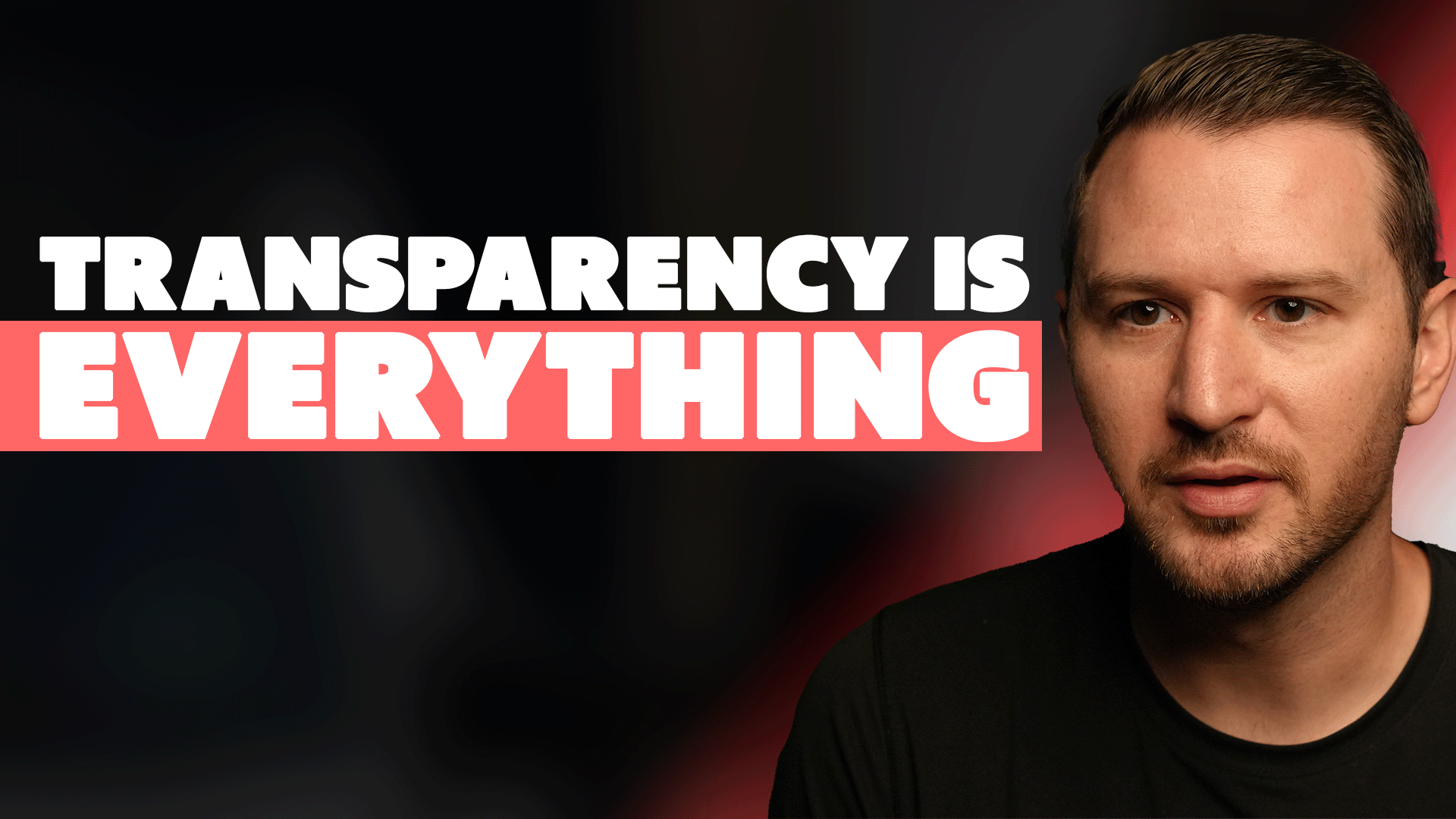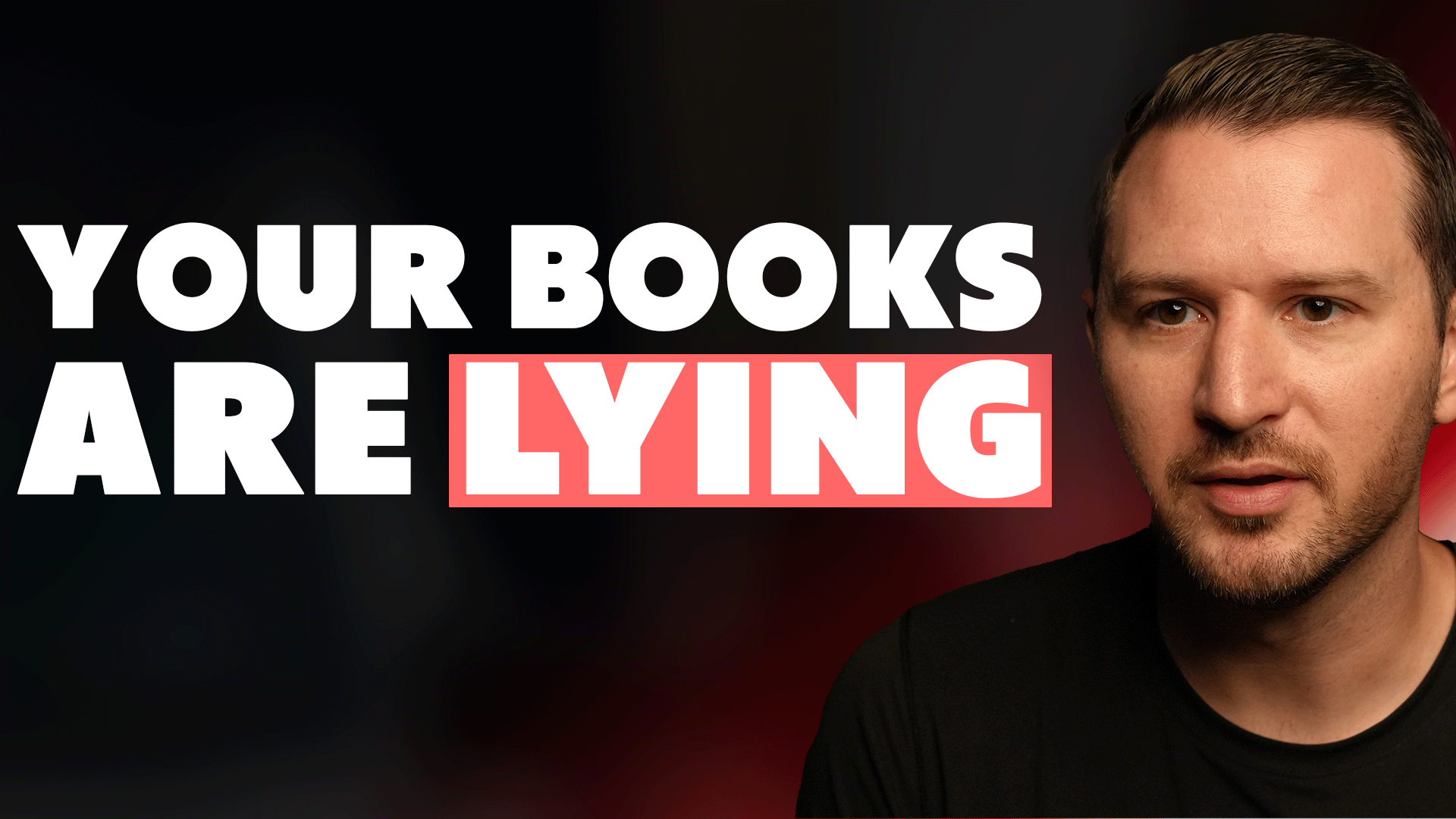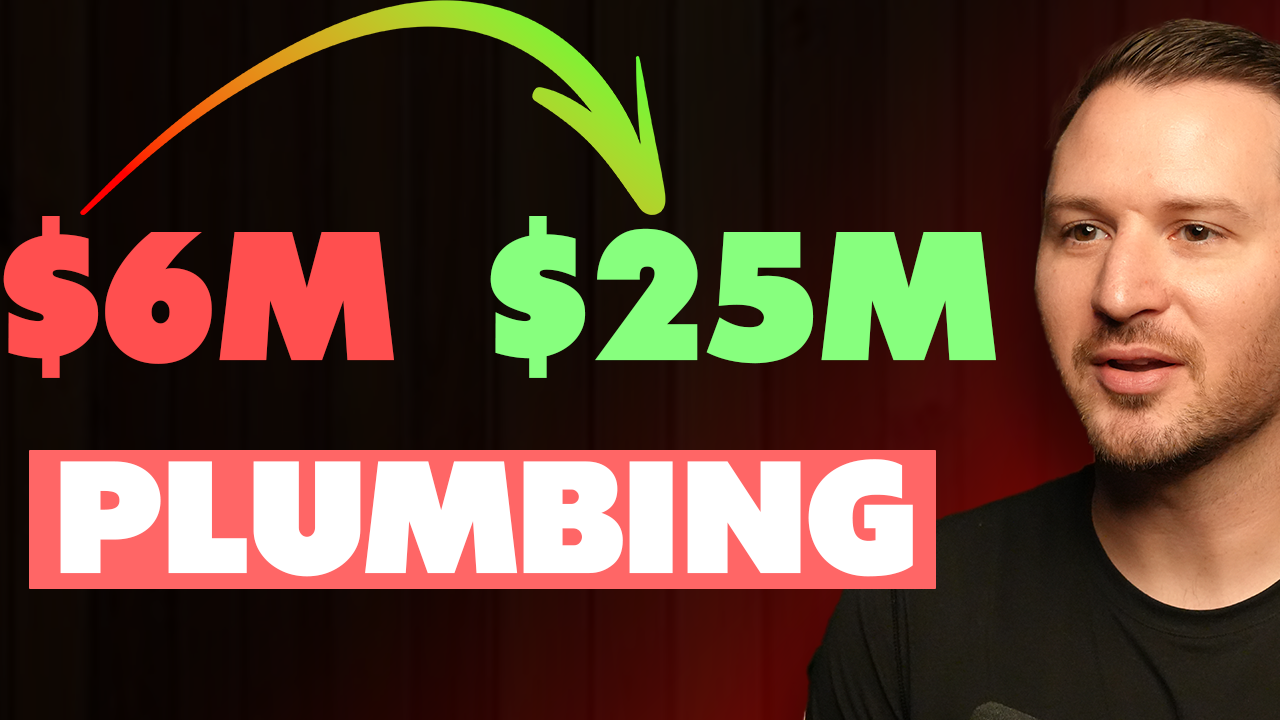There’s a stage of growth in business that rarely gets talked about. It happens after the excitement of early traction and before you’ve built something that truly runs without you. Somewhere between $10 million and $20 million in revenue, things begin to break.
The tools that helped you grow stop working. The team that got you here feels stretched. Revenue plateaus, and you can’t quite pinpoint why.
Most business owners don’t realize it, but this is the leadership-building phase.
Not the delegate-more-and-hire-help phase. The build-the-team-that-rebuilds-the-business phase. The phase where every hire you make—every seat you fill—either becomes a growth multiplier or a long-term drag.
The problem? No one tells you you're in it. And by the time you figure it out, you're already behind.
You Can’t Keep Promoting Your Way to the Top
In the early days, promotions happen organically. The person who’s loyal and hungry gets more responsibility. You keep giving them chances until you hit their limit or they hit it themselves.
This is the Peter Principle in action: people get promoted to the level of their own incompetence. Not because they’re bad employees, but because the business outpaces them. The job changes. The complexity increases. And they struggle to grow into it.
It’s painful. Especially when it’s someone who was with you at $1 million. But if you want to keep growing, you have to face it. Loyalty alone isn’t a strategy. Competency is.
Most Companies Wait Too Long
We didn’t build out our senior leadership team until we were well into the $13M–$17M range. In hindsight, that was too late.
If I could go back, I’d hire them sooner—at $10M, maybe even $9M. Because those leaders didn’t just take things off my plate. They built the systems that scaled the business.
They rewrote our marketing strategy, rebuilt the call center, and redesigned our install process. They brought structure to sales, accuracy to finance, and discipline to HR.
They turned us from a team doing good work into a company positioned for real growth.
Who to Hire and Why
If you’re in the late 7-figures or early 8-figures, this is what matters next: hiring (or developing) functional leaders who can think strategically and build independently.
There are six roles that matter most.
1. Controller
This isn’t a bookkeeper or outsourced accountant. A controller gives you operational clarity.
They build real financial systems: budgets, forecasts, reporting. They help you understand which departments are profitable, what growth will actually cost, and where to cut without damaging performance.
We waited until $20M to hire one. That was a mistake. You should make this hire as soon as you cross $10M. Without financial leadership, you’re scaling blind.
2. HR Leader
Most owners don’t view HR as a driver of growth. That’s a miss.
A strong HR leader doesn’t just keep you compliant. They build your talent engine. That means recruiting systems, onboarding workflows, compensation models, and benefit strategies.
It also means culture. HR becomes your eyes and ears on team health, churn risk, and morale. If you’re serious about scaling people—and you should be—you need someone owning this full-time.
3. Call Center or Inside Ops Manager
As your call volume increases, so does the cost of inefficiency.
The right leader here sets the tone for your entire customer experience. They handle CSR performance, scripting, dispatch, outbound cadence, tech stack, and AI integrations.
This role also drives revenue. How you answer the phone, how you book jobs, and how you handle overflow directly affects your board.
The longer you wait to professionalize this, the more money you leave on the table.
4. Sales Leader
Sales is often the most neglected department in home service companies.
We assume selling happens automatically: something’s broken, we show up, we fix it, we get paid. But that approach caps your growth. Without a clear sales process, you can't scale high-ticket conversions.
A seasoned sales leader changes that. They build consistent systems across techs. They track close rates, run training, and maximize every opportunity.
A friend running a $200M company told me his biggest regret was not investing in sales leadership sooner. I took that to heart. You should too.
5. Install or Fulfillment Manager
You can’t scale on callbacks.
Fulfillment isn’t just about getting the job done. It’s about doing it predictably, profitably, and at a quality standard that earns trust and repeat business.
The right leader here builds training protocols, manages inventory and scheduling, and closes the loop when something goes wrong. They don’t just fix mistakes—they learn from them and prevent them going forward.
Without a pro running this department, you end up constantly fighting fires.
6. Marketing Lead
This one gets overlooked more than any other.
Most businesses hit $10M–$20M and still use the same agency they hired when they were doing $500K. Same strategy. Same reports. No accountability. No growth.
That’s not a marketing plan. That’s wishful thinking.
You need someone internally who’s responsible for daily lead generation. That doesn’t mean you can’t use agencies (we still do). But someone on your team has to own the number.
When leads slow down, this person doesn’t make excuses—they make adjustments.
This Is the Real Growth Lever
Growth at this stage isn’t about running harder. It’s about building better.
You’re not just hiring to lighten your workload. You’re hiring to transform your business department by department, system by system.
The mistake most operators make is waiting until they feel the pain. By then, they’ve already lost months (or even years) of growth they’ll never get back.
The next time you ask yourself, “How do I get from $15M to $30M?”, don’t look at your trucks. Look at your team.
That’s where scale lives. And it starts with knowing what phase you're in before it breaks everything you've built.


.png)





.avif)
